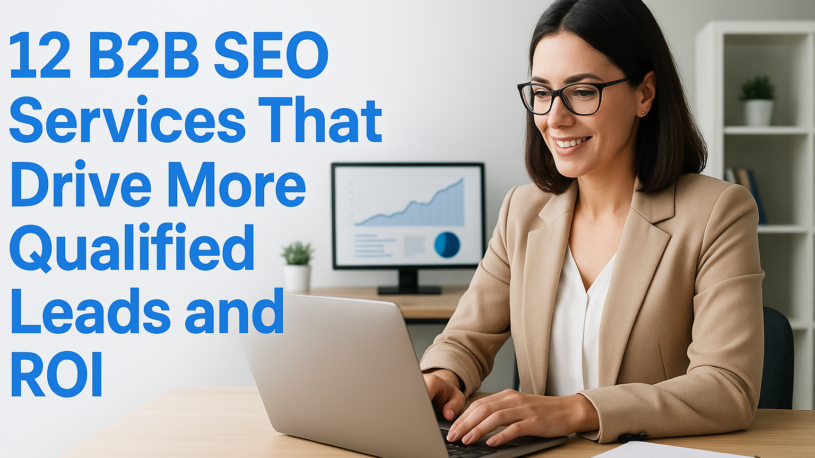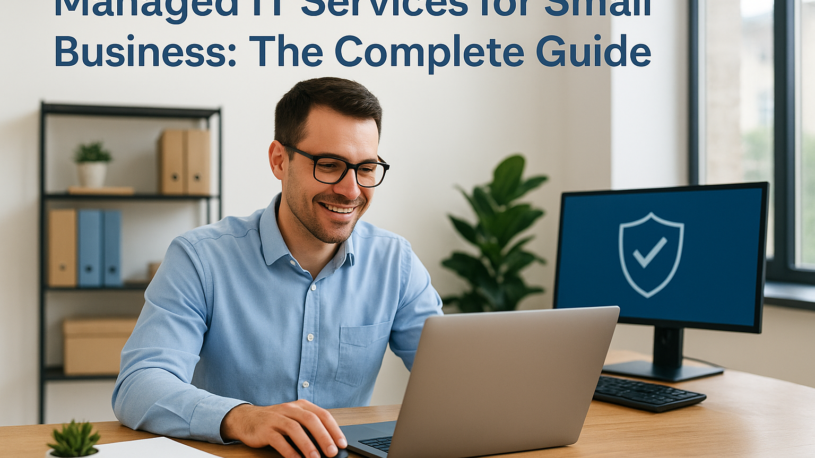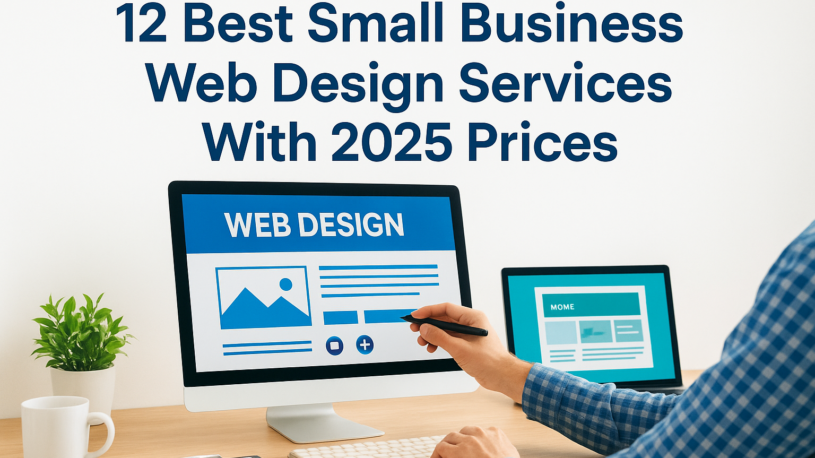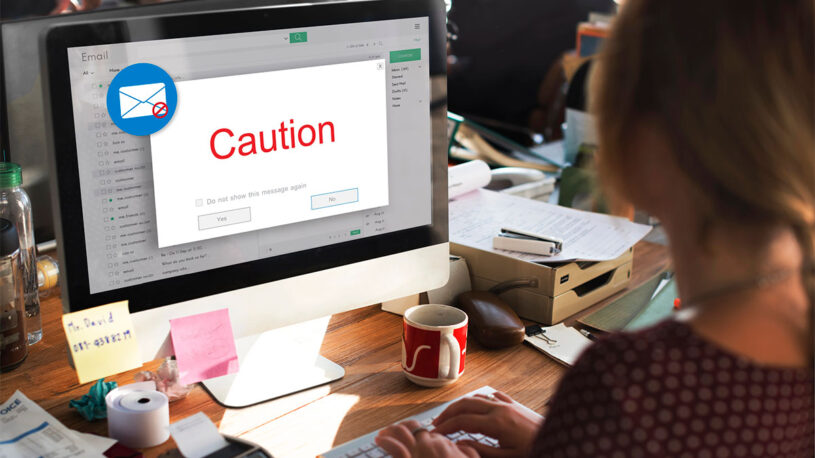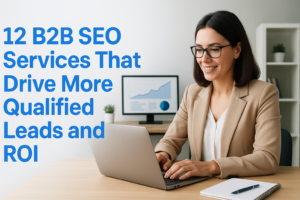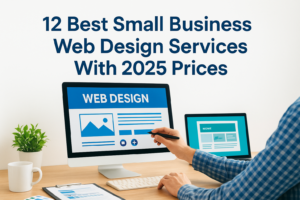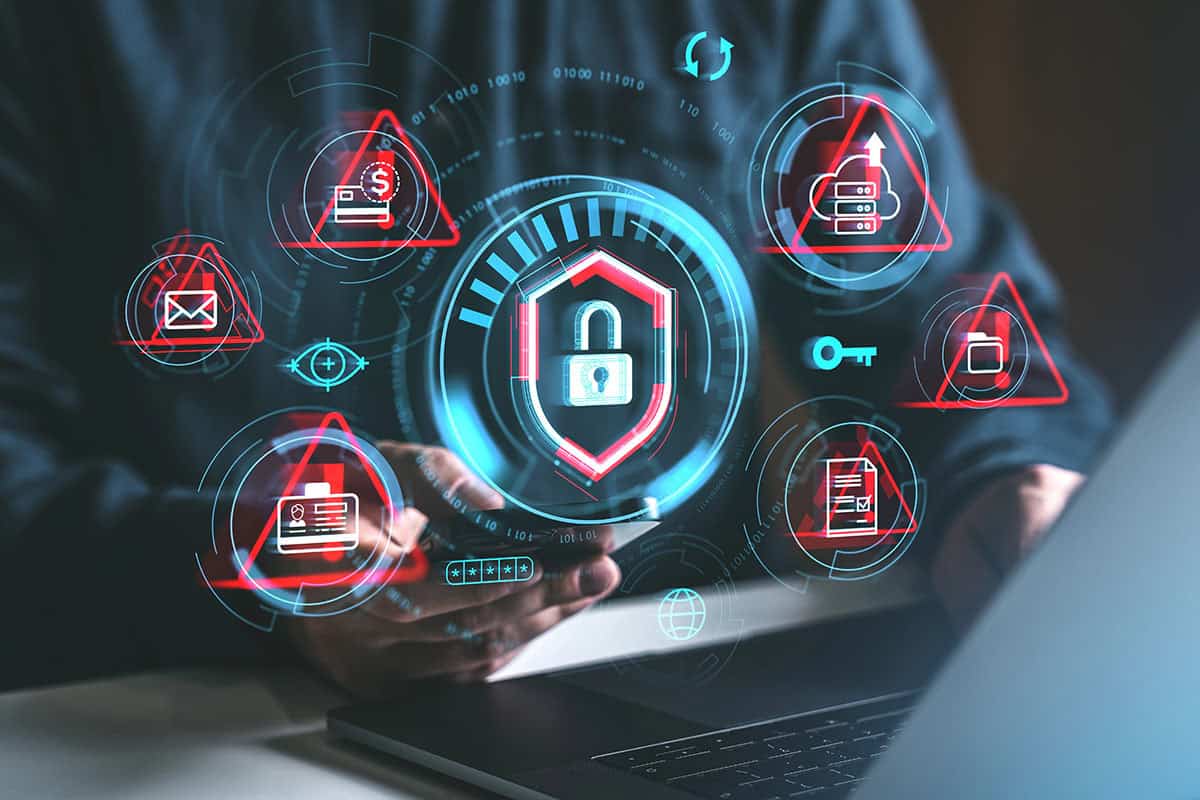

Lessons from the Field: What Businesses Are Learning About the Windows 10 Transition
As we approach the October 2025 deadline for Windows 10 support, thousands of businesses have already begun their transition journey. Some started early, some were forced to act by circumstances, and all have valuable insights to share. These lessons from the field offer a practical roadmap for any organization preparing for this critical change.
The most important lesson? This transition is far more than a simple software update. It touches every aspect of your business operations, from security and budgeting to employee satisfaction and productivity. Understanding what others have learned can help you avoid costly mistakes and turn this mandatory change into a genuine opportunity for improvement.
Lesson One: The Hidden Complexity of Compatibility
Many business leaders assume that if a computer can run Windows 10, it can run Windows 11. This assumption has caught numerous organizations off guard. Windows 11 has specific hardware requirements that go beyond simple processing power or memory. The most common stumbling block is something called TPM 2.0, a security chip that many computers manufactured before 2018 simply do not have.
One manufacturing company discovered that 60% of their office computers, despite being only four years old and running perfectly well, could not be upgraded. This discovery came before they planned to begin their transition, forcing them to dramatically revise both their timeline and their budget.
The takeaway is clear: conduct a thorough hardware audit as your very first step. Use Microsoft’s official PC Health Check tool on every machine, or better yet, have a professional assessment done. Knowing exactly what you are working with removes all surprises and allows for intelligent planning.
Lesson Two: The True Cost of Waiting
Several businesses have attempted to delay their transition as long as possible, viewing it as a method to save money. This strategy consistently backfired. One professional services firm waited until now, weeks before the deadline to begin planning. The result was a perfect storm of problems.
They were forced to purchase new computers at peak demand when prices were highest. Their rushed implementation meant employees received minimal training, leading to weeks of reduced productivity. Most critically, in their haste, they failed to properly configure security settings on the new systems, leaving them vulnerable until the issues were discovered weeks later.
The businesses that fared best were those that started their planned months before the deadline. This gave them time to budget properly, take advantage of better pricing, and most importantly, to implement changes gradually in a way that minimized disruption.
Lesson Three: The Employee Factor
An interesting pattern emerged across multiple organizations: the success of the transition often had less to do with the technology itself and more to do with how employees responded to the change. One example is a healthcare clinic that simply announced the upgrade via email and provided no training saw a significant drop in productivity that lasted for weeks. Employees were frustrated, confused by the new interface, and felt unsupported.
In contrast, a regional accounting firm took a different approach. They created “pros” in each department, employees who received early training and could help their colleagues. They provided short, optional training sessions weeks before the rollout. They communicated the benefits clearly, emphasizing improved security and performance. The result was a smooth transition with minimal productivity loss and even some enthusiasm about the new features.
The lesson here is that your people are just as important as your technology. Investing in proper communication and training pays tremendous dividends in terms of a smooth transition and maintained productivity.
Lesson Four: The Security Wake Up Call
For many businesses, the transition became an unexpected security audit. As they prepared to upgrade, they discovered numerous security gaps they had been living with for years. Computers that had not been properly updated, employees using outdated passwords, and critical data that was not being properly backed up.
A small law firm discovered during their pre transition audit that several computers were still using Windows 10 Home edition, which lacks the security features required for a business environment. They had been operating with a false sense of security for years. The Windows 11 transition became the catalyst for implementing proper security protocols across their entire organization.
This reveals an important truth: the transition to Windows 11 is not just about maintaining security; it’s an opportunity to significantly improve it. Modern businesses face sophisticated cyber threats, and Windows 11’s enhanced security architecture provides much needed additional protection.
Looking Ahead: Your Strategic Advantage
The businesses that are thriving through this transition share common characteristics. They started early, giving themselves time to plan and budget properly. They involved their employees in the process, used the transition as an opportunity to modernize and standardize their technology infrastructure. Most importantly, they viewed it not as a burden but as a strategic investment in their future.
The October 2025 deadline is immovable, but your approach to it’s entirely within your control. By learning from those who have gone before, you can navigate this change successfully, emerging with a more secure, efficient, and modern technology foundation for your business.
FAQs
We have some computers that are only three or four years old. Will they be compatible with Windows 11?
Age alone does not determine compatibility. Windows 11 requires specific hardware features, particularly a TPM 2.0 security chip and certain processor generations. Even relatively new computers might not meet these requirements if they were budget models or designed for basic tasks. The only way to know for certain is to run Microsoft’s PC Health Check tool on each machine or have a professional assessment performed.
Can we mix Windows 10 and Windows 11 computers in our office during the transition period?
Yes, you absolutely can, and this is the recommended approach for most businesses. Windows 10 and Windows 11 computers can work together on the same network and share files without any issues. This compatibility allows you to phase your transition over time rather than attempting to upgrade everything at once, which would be disruptive and expensive.
What happens to our software licenses when we upgrade to Windows 11?
Most software licenses are tied to your organization, not to the specific operating system. Your Microsoft Office licenses; Adobe Creative Suite, QuickBooks, and most other business software will transfer to Windows 11 without any additional cost. However, you should verify that your specific versions of these programs are compatible with Windows 11, as very old versions may need to be updated.
Is it worth considering Apple computers or Chromebooks instead of upgrading to Windows 11?
While alternative platforms can work for some businesses, switching your entire organization to a different operating system is a massive undertaking that goes far beyond a simple upgrade. You would need to replace all your software, retrain your entire staff, and potentially lose access to industry specific applications. For most businesses already invested in the Windows ecosystem, upgrading to Windows 11 is by far the most practical and cost-effective path forward.
Our IT person says we should just pay for Extended Security Updates and wait. Is this good advice?
Extended Security Updates (ESU) should only be considered as a last resort for very specific situations. The cost is substantial and increases each year. More importantly, ESU only provides security patches; it does not address the fact that your hardware is aging and becoming more prone to failure, nor does it solve the growing problem of software incompatibility. For the vast majority of businesses, investing those funds in a proper transition to Windows 11 is the smarter long-term strategy.
Table of Contents
